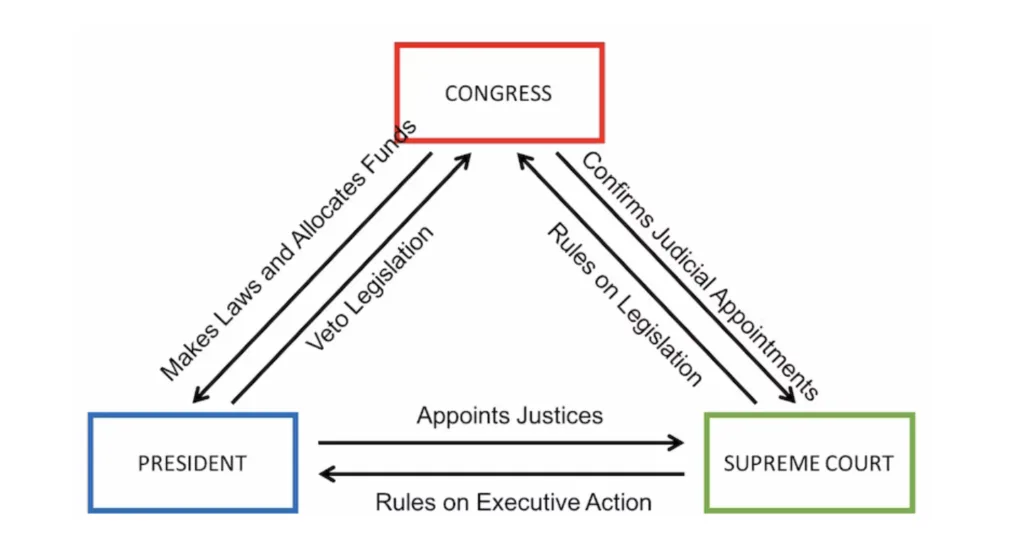5 Problems to Look Out for With Virtual Office in Mumbai
Explore the 5 key problems to be aware of when using a virtual office in Mumbai, from limited face-to-face interaction to security risks and lack of physical space. Learn how to mitigate these challenges for your business.

Introduction
In recent years, virtual offices have become an increasingly popular choice for businesses looking for cost-effective and flexible workspace solutions. Particularly in fast-paced and competitive markets like Mumbai, a virtual office allows businesses to establish a professional presence without the hefty overhead of renting a traditional office space.
From startups to freelancers and small businesses, the benefits of a virtual office are clear: reduced costs, enhanced flexibility, and the ability to work remotely from anywhere. However, while virtual offices can offer a host of advantages, they come with their own set of challenges that businesses need to be aware of before making the switch.
In this blog, we’ll explore the 5 problems to look out for when using a virtual office in Mumbai and provide some solutions to mitigate these issues.
1. Limited Face-to-Face Interaction
One of the most significant challenges with a virtual office setup is the lack of in-person interaction. For businesses that rely on team collaboration, client relationships, and networking, face-to-face interaction is crucial. A virtual office does not provide the same opportunities for spontaneous discussions, team-building activities, or informal client interactions that a traditional office space would.
While virtual meetings through video conferencing tools like Zoom or Google Meet are a viable solution, they can’t completely replicate the connection that happens in person. For example, building trust with a client or fostering a strong team culture often requires those personal, in-person moments that a virtual environment can lack.
Solution:
To overcome this, businesses can schedule regular in-person meetups or even team-building activities at a rented conference space or meeting room. Additionally, virtual collaboration tools such as Slack, Trello, or Asana can help keep communication fluid and productive. The key is balancing digital communication with occasional physical interaction to foster a sense of community and maintain strong business relationships.
2. Potential Security Risks
A virtual office inherently involves remote work, which can expose businesses to certain security risks. Since employees may be working from different locations, the security of sensitive business information becomes a concern. Data breaches, cyberattacks, and unauthorized access to confidential data are risks that businesses must consider when working in a digital environment.
Unlike traditional offices, where physical security is often managed through key cards or security personnel, virtual offices rely heavily on cybersecurity measures. Without these protections in place, sensitive business data could be vulnerable.
Solution:
To mitigate these risks, businesses should implement strong cybersecurity protocols such as encrypted emails, secure file sharing platforms, and multi-factor authentication for login systems. Investing in firewalls and antivirus software is also essential. It’s important to train employees on secure practices when handling data and conducting online transactions.
Additionally, businesses can choose virtual office providers that offer secure services, including data protection and privacy controls, to further safeguard their operations.
3. Lack of Physical Space for Teams and Clients
Another challenge with a virtual office is the lack of physical space. While a virtual office offers flexibility, it doesn’t provide a dedicated office space where team members can gather to work together on-site. Similarly, client meetings and important presentations may lack the professional setting that an actual office provides.
For businesses that need to frequently meet clients or hold team brainstorming sessions, the absence of a physical office can be a drawback. Clients may also perceive a lack of physical presence as a lack of professionalism, which could impact their willingness to work with a business.
Solution:
Fortunately, most virtual office providers offer access to meeting rooms or conference facilities that can be rented as needed. Many virtual office providers in Mumbai offer on-demand meeting rooms that are equipped with the necessary tools like projectors, high-speed internet, and conference phones. This ensures businesses can still meet clients or host team meetings in a professional environment whenever necessary.
Additionally, scheduling regular in-person team meetings in a rented space can help maintain team morale and collaboration.
4. Professionalism and Perception Issues
Although a virtual office can provide a professional business address, it may not always be perceived as professional by clients and partners who are used to seeing businesses with physical office spaces. Some businesses may feel that having a virtual office could hinder their credibility or perceived legitimacy, especially in industries where having a physical presence is an established norm.
The absence of a traditional office might make clients feel that the business lacks the resources or infrastructure of a larger company. This can be particularly concerning for businesses trying to establish themselves as trusted brands.
Solution:
One way to address this is by opting for virtual office services that include call handling, mail forwarding, and business address services. These services help businesses maintain a professional appearance by having dedicated staff answer calls and forward mail as needed. Additionally, businesses can book meeting rooms and conference spaces for important client interactions to reinforce their professional image.
Having a premium business address in Mumbai, such as Nariman Point or Bandra-Kurla Complex, also helps boost credibility and reassures clients that the business is a serious player in the market.
5. Limited Access to Physical Resources
Another downside to a virtual office is the limited access to physical resources such as printers, office supplies, and other essential equipment. Many businesses still rely on physical tools for daily operations, whether it’s for printing documents, storing files, or conducting presentations.
For startups or small businesses with limited budgets, purchasing these resources can be expensive. In a virtual office setting, employees working from different locations might not have the necessary resources to perform certain tasks.
Solution:
One way to overcome this is by using cloud-based tools for document storage and collaboration, such as Google Drive, Dropbox, or Microsoft OneDrive. For businesses that need to print or physically handle documents, many virtual office providers offer access to shared office resources, like printing services or on-demand office supply rentals.
Alternatively, businesses can find local print shops or co-working spaces that offer printing and other office services on a pay-per-use basis, which can be a cost-effective solution.
Conclusion
A virtual office in Mumbai offers many advantages, including cost savings, flexibility, and a professional business address. However, businesses need to be aware of the challenges that come with operating in a virtual environment. Limited face-to-face interaction, security risks, lack of physical space, perception issues, and limited access to resources are all challenges that businesses must consider when transitioning to a virtual office.
By implementing solutions such as secure communication tools, on-demand meeting rooms, and professional services, businesses can mitigate these issues and make the most of the opportunities that a virtual office provides.
Virtual offices are ideal for businesses that want to stay agile, reduce costs, and have the freedom to work from anywhere. However, it’s important to be proactive in addressing these potential challenges to ensure the success of your virtual office setup in Mumbai.
What's Your Reaction?





















